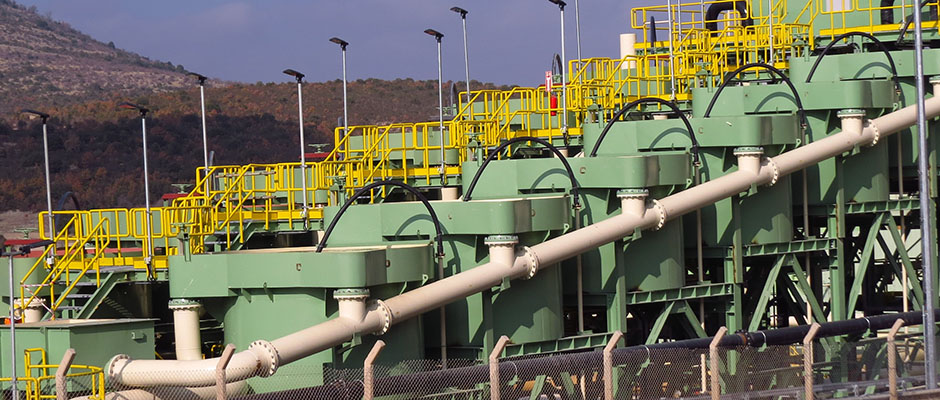The gold mining industry relies on sodium cyanide extraction to recover gold. This chemical is classed as highly toxic in the environment and so mines are required to undertake rigorous control and management in terms of cyanide use on a mine site under most European and Asian jurisdictions.
SRK has since 2003 undertaken audits using The International Cyanide Management Code guidelines on several operations in Europe and Asia of existing mines, cyanide production facility and transport routes. These have involved practice audits to define potential issues, verification audit for listing an operation as being compliant with the code; and recertification audits to confirm sites are still compliant.
The International Cyanide Management Code (the Cyanide Code) was established as a voluntary initiative for the gold and silver mining industries and the producers and transporters of the cyanide used in gold and silver mining, following the accidental release in 2000 of 100,000 cubic metres of cyanide-contaminated water spilled over some farmland and then into the Someș river. The polluted waters eventually reached the Tisza River and then the Danube. Regulatory panic led to large volumes of sodium hyperchlorite being released into the Danube particularly in Hungary. The combined impact was a large number of fish kills and impacted river chemistry for hundreds of kilometres.
The Cyanide Code is intended to complement an operation’s existing regulatory requirements and requires compliance with the rules, regulations and laws of the applicable political jurisdiction. The code focuses on the safe management of cyanide that is produced, transported and used for the recovery of gold and silver, and on mill tailings and leach solutions. It does not address all safety or environmental activities that may be present at gold and silver mining operations such as the design and construction of tailings impoundments or long-term closure and rehabilitation of mining operations but can be complementary to an environmental audit.

